How Ray Dalio-And A Politicized Fed-Could Catalyze A New Generation Of Bitcoin Investors
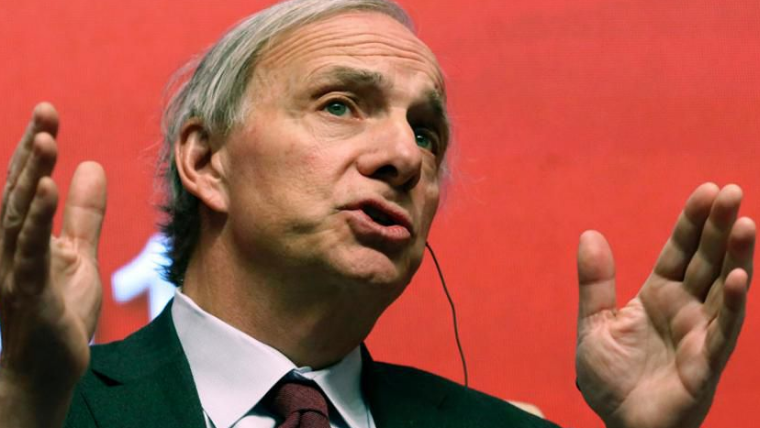
Yesterday, President Trump took to Twitter to castigate the U.S. Federal Reserve for not cutting rates swiftly enough. Noting that three countries—New Zealand, Thailand and India—each announced surprise rate cuts on Wednesday, Trump said the Fed was not keeping pace:
[The Fed] must Cut Rates bigger and faster, and stop their ridiculous quantitative tightening NOW… We will WIN anyway, but it would be much easier if the Fed understood, which they don’t, that we are competing against other countries, all of whom want to do well at our expense!
The tweet followed a similar comment Trump made immediately after the Fed’s July 31 rate cut:
What the Market wanted to hear from Jay Powell and the Federal Reserve was that this was the beginning of a lengthy and aggressive rate-cutting cycle which would keep pace with China, The European Union and other countries around the world … as usual, Powell let us down.
This idea of competitive easing conjures up the concerns raised recently by the legendary hedge fund investor Ray Dalio in a 7000-word piece titled “Paradigm Shifts.” It’s a piece that a number of investors have brought up to me recently as one reason they are making an allocation to bitcoin and crypto.
Dalio, of course, is the founder of Bridgewater Associates, one of the largest hedge fund managers in the world, with over $124 billion in assets. Bridgewater’s strong returns over the past four decades have made Dalio the 25th richest person in the world, with a net worth in excess of $18 billion. He is arguably one of the most important investors of our time.
In his “Paradigm Shifts” post, published July 17, Dalio notes one of his investment principles is:
Identify the paradigm you’re in, examine if and how it is unsustainable, and visualize how the paradigm shift will transpire when that which is unsustainable stops.
He goes on to argue that essentially each decade in American investment history has been defined by a single investing paradigm or “norm.”
His worry is that current monetary policy is about to force us from our present paradigm into a new, unpredictable and potentially wealth-destructive one.
Specifically, he believes the power of quantitative easing—and thus the ability of the Fed to manage the economy and stem future financial crises—is fading due to its overuse and an unwillingness to allow a recession. This concern is compounded by exactly the kind of early-easing activity that we saw from the Fed on July 31, and made much worse by the prospect of a downward spiral of competitive global rate cutting and QE one-upmanship.
With the impact of QE fading, Dalio expects to see policymakers turn to other methodologies to help bail us out of the massive debt loads currently carried by investors around the world. He writes:
To me, [as we enter this new paradigm], it seems obvious that [central bankers] have to help the debtors relative to the creditors. At the same time, it appears to me that the forces of easing behind this paradigm (i.e., interest rate cuts and quantitative easing) will have diminishing effects. For these reasons, I believe that monetizations of debt and currency depreciations will eventually pick up, which will reduce the value of money and real returns for creditors and test how far creditors will let central banks go in providing negative real returns before moving into other assets.
Almost on cue, President Trump and U.S. lawmakers have started pushing for ways to lower the value of the U.S. dollar. With China now labeled a Currency Manipulator by the US Treasury, expect more to come. Meanwhile, Fed futures are pricing in an additional 75-100 basis points of cuts in the next six months.
This uneasy state of monetary policy is not just a U.S. phenomenon: The ECB is predicting more rate cuts and additional QE in the fall, and there is already more than $15T in negative-yielding government Treasuries, mostly in Europe. Beyond that, UBS is now charging investors a 0.75% fee per year if they deposit more than 2 million Swiss Francs with the bank, and other banks are expected to follow suit.
In this environment, Dalio says:
[I]t is … a good time to ask what will be the next-best currency or storehold of wealth to have when most reserve currency central bankers want to devalue their currencies in a fiat currency system.
So what do you do?
Dalio believes that in this new era of currency devaluation, cash and bonds will not be reliable stores of value. Historically, scarce real assets such as real estate, gold, commodities and—we’d point out—bitcoin are safe havens for wealth and a source of returns in these environments.
Dalio’s specific recommendation is to buy gold, which is not surprising, as it is the best-established nonsovereign store of value. But with bitcoin’s continued progress—the head of the Federal Reserve himself recently referred to it as “digital gold” and a “speculative store of value”— Dalio’s statement is about as ringing an endorsement of bitcoin and other store-of-value cryptoassets as I have heard .
If Dalio, one of the most successful investors of our time, is right, these developments increasingly make an allocation to crypto a prudent hedge, if not a necessary one.
As the Fed continues to cut rates—and more cuts are currently expected in September—expect to hear the concerns about unstable monetary policy, the use of currency devaluation as a political tool, inflation and “what happens next?” to get louder and louder.
What a time to be alive.

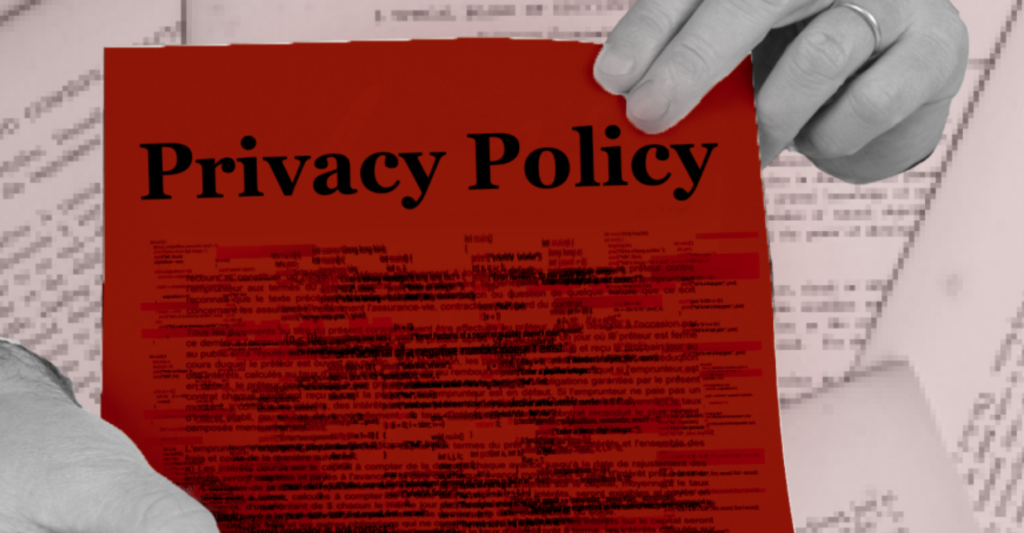

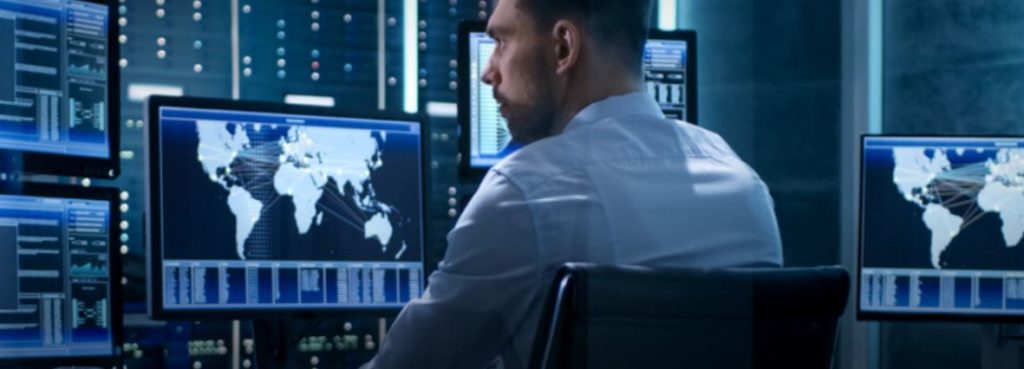

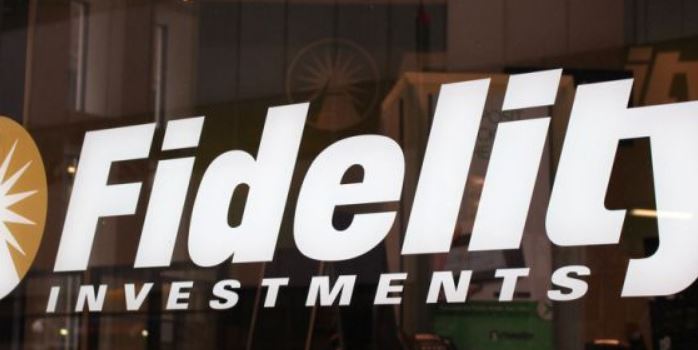

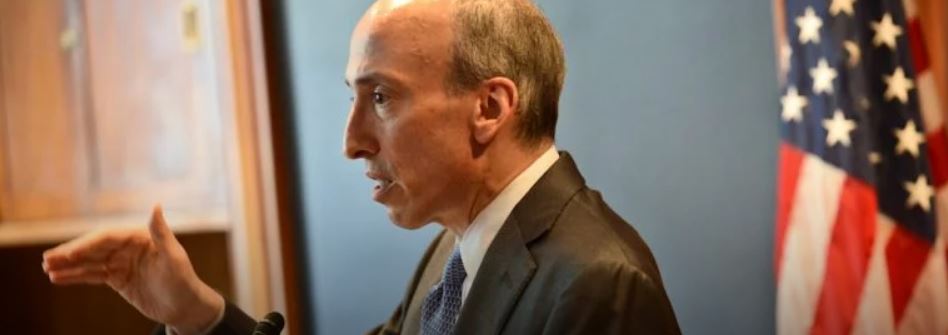

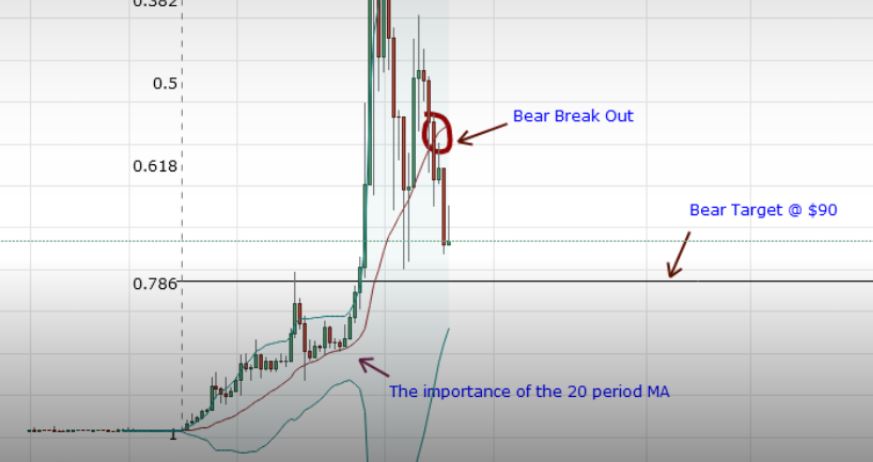

Responses